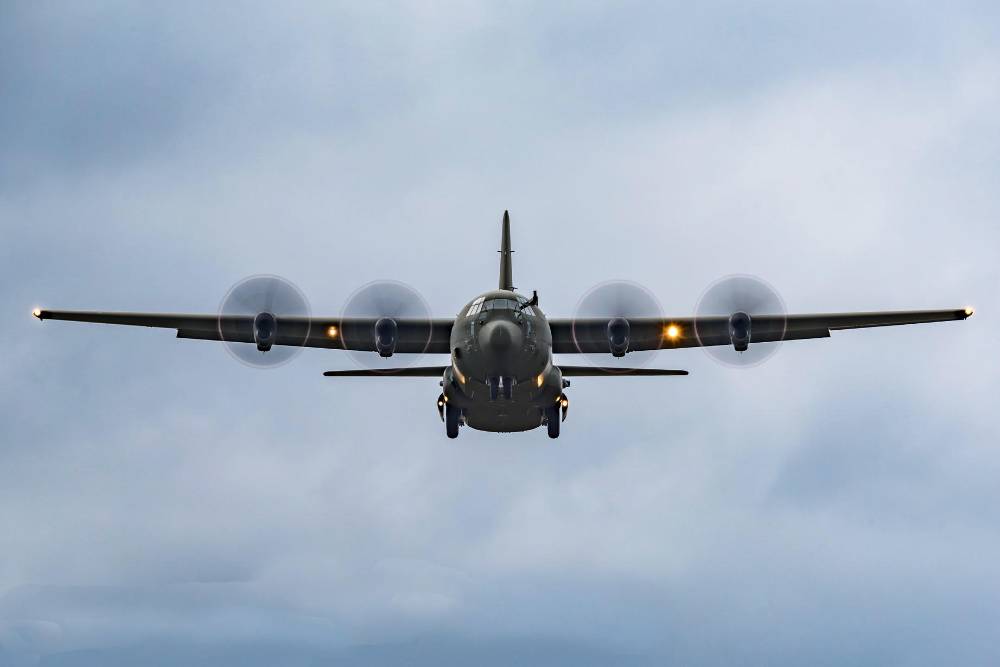
Image courtesy of Brent Maartens
30 Squadron
30 Squadron was, very unusually, formed overseas. On the 24th March 1915 the RAFC detachment at Moascar, Egypt, was redesignated as 30 Squadron. Its initial equipment was less unusual, being a combination of Longhorns, Shorthorns and Be2cs.
In August the squadron began to deploy to Mesopotamia (Iraq) as assets were built up. By the end of the year this process had been completed with three operational flights established. During this period Caudron GIIIs and Martinsyde S1s were operated for short periods but the BE2c remained the mainstay of the squadron, although some Shorthorns were retained.
During the next 3 years the squadron was regularly on the move between the country’s numerous airfields, mostly situated in the main river valleys; rarely staying in one location for more than a few months. At all times multiple detachments of flights or sections were also maintained.
In mid-1916 the BE2cs were joined progressively by Voisin LA.Ss, Henry Farman F27s and Martinsyde G100s. During the last 2 years of the war the squadron operated a total of 9 types, with up to 5 on charge at the same time. The longest-serving of these were the BE2c, BE2e, G100, SPAD SVII and RE8, the remainder being the F27, Bristol Scout, FB19 and DH4.
In April 1919 the squadron was reduced to a cadre but on 1st February 1920, the squadron number was transferred to 63 Squadron based at Bagdad West. The inherited equipment was again the RE8 but in the autumn a transition to the DH9A was started.
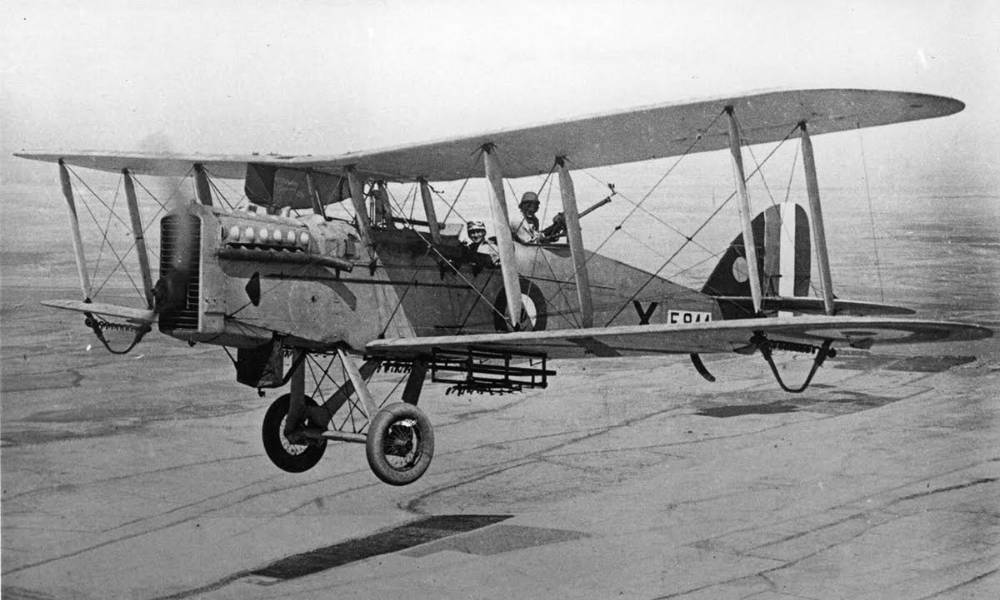
de Havilland DH-9
Crown Copyright
This type was to be the squadron’s equipment for the rest of the decade. For almost 20 years the squadron operated in the empire policing role in Iraq, based at Hinaidi, Kirkuk, Mosul or Dhibban.
From April 1929 the DH9A was replaced by the Wapiti which was itself replaced by the Hawker Hardy from April 1935.
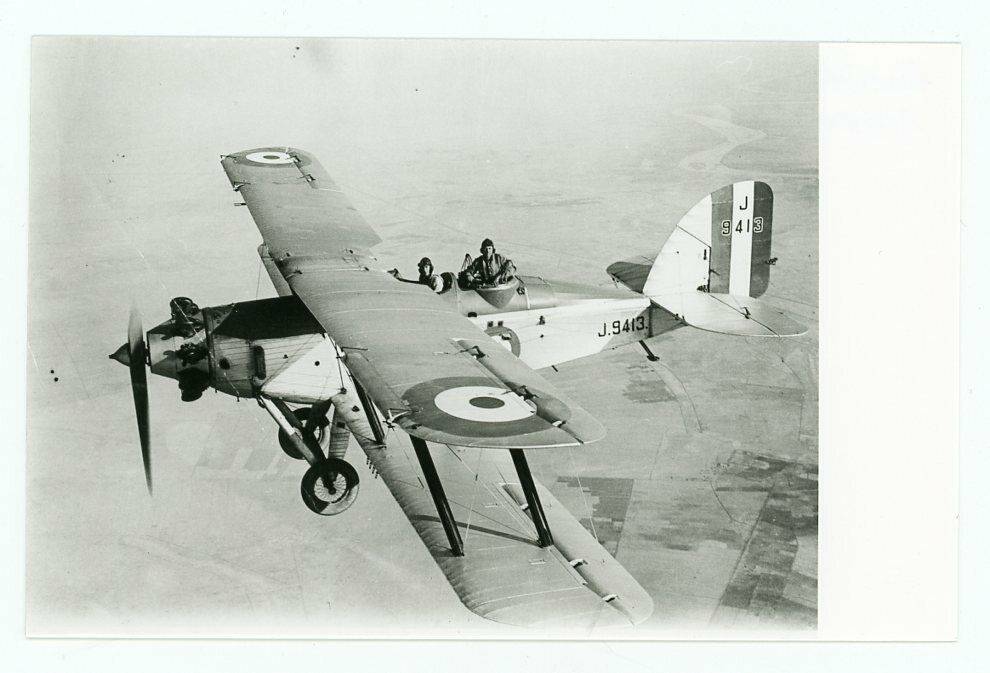
Westland Wapiti
Crown Copyright
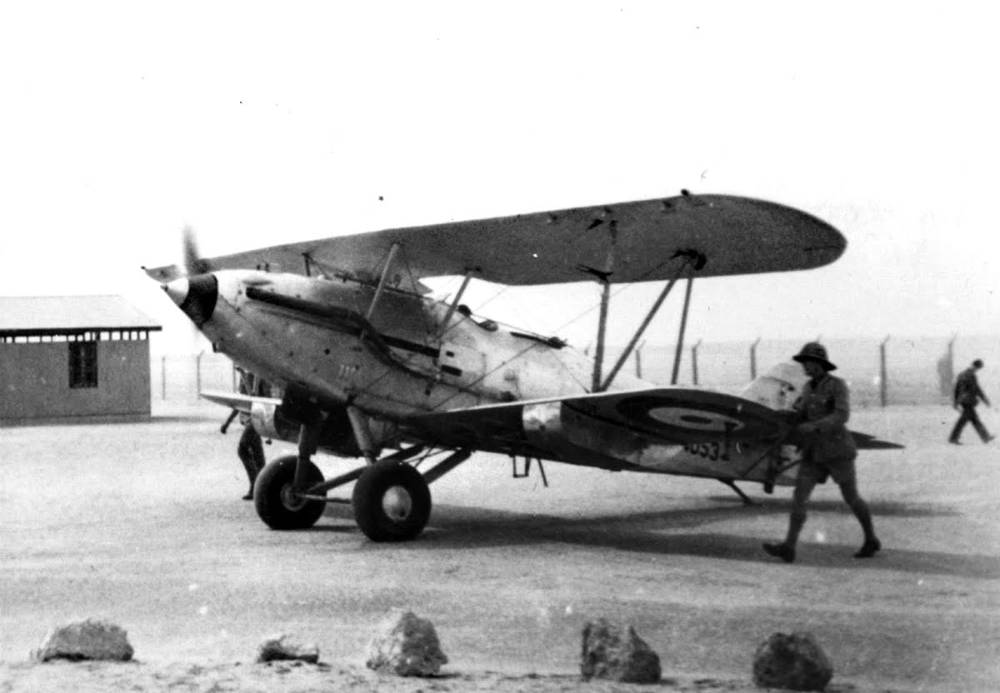
Hawker Hardy
Crown Copyright
In January 1938 the squadron received a truly modern replacement with the arrival of the Blenheim I. For the next 18 months the squadron continued with its previous duties but on 25th August 1939 it was re-deployed to Ismailia, Egypt.
When Italy entered the war in June 1940, the Blenheims were fitted with gun trays and flew escort missions over the Western Desert and provided air defence for Alexandria.
In early November 1940, following the Italian invasion of Greece, No 30 squadron moved to Elevsis where one of their tasks was attacking enemy bases in Albania. In March 1941 No 30 Squadron was officially re-designated as a fighter squadron and in mid-April, following the German offensive, the whole squadron moved to Maleme, Crete where it had previously had a detachment. The stay in Crete only lasted 6 weeks because in late May it returned to Egypt, as part of the overall allied withdrawal from Greece.
In June the Blenheim If was replaced by the Hurricane I.
The Hurricane was used for air defence of Alexandria until December when operations in the Western Desert recommenced. In mid-February 1942 the squadron withdrew to Heliopolis to prepare for a major change. On 25th February the squadron embarked on the carrier Indomitable en route to Ceylon. On the 8th March the squadron flew off to Ratmalana in time to counter Japanese carrier-borne air attacks on Colombo and Trincomalee, but no further raids took place. The squadron was re-equipped with the Hurricane IIc in August 1942 and remained on air defence duties from various bases in Ceylon until January 1944. It was then transferred to the Burma front and flew escort and ground attack missions until late May when it was withdrawn for re-equipment with the Thunderbolt I.
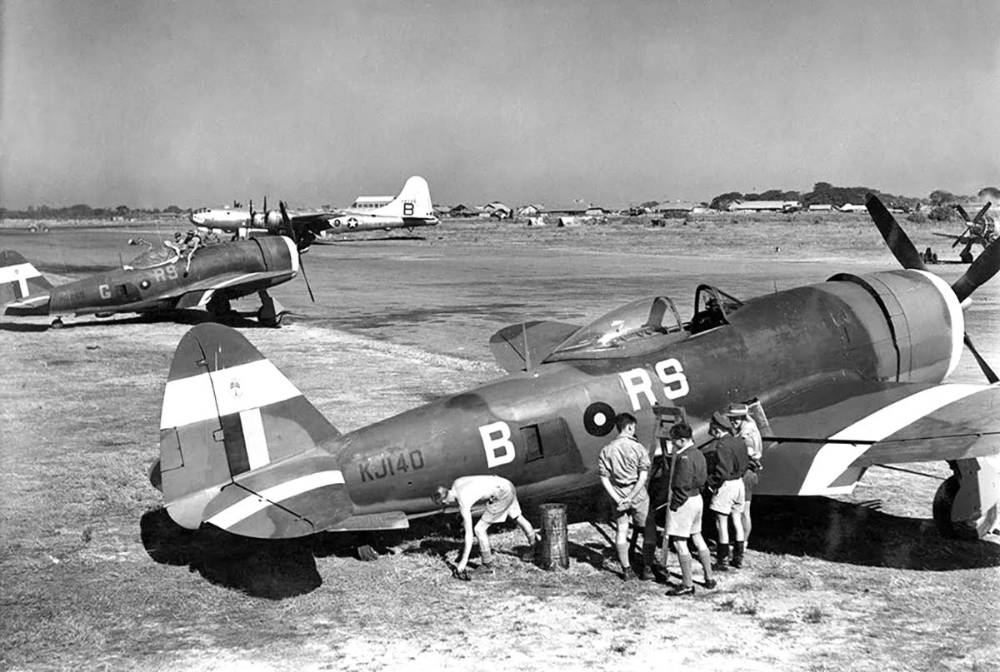
Thunderbolt Mk II
Crown Copyright
Operations were resumed on 15th October, with delivery of Thunderbolt IIs beginning at the same time. Operations continued until 13th May 1945 when the squadron was withdrawn for rest. Following the Japanese surrender, No 30 squadron moved briefly into Burma before returning to India. In March 1946 the Thunderbolts were replaced by the Tempest F2 before disbanding on 1st December that year.
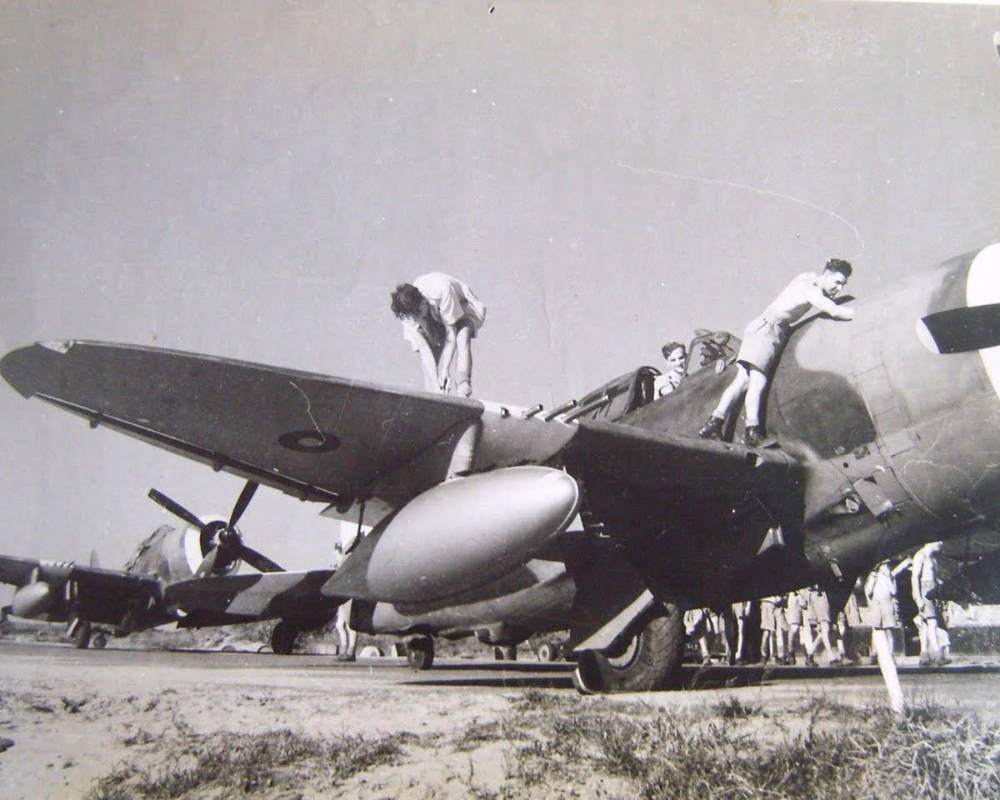
Tempest
Crown Copyright
On 1st November 1947 30 Squadron reformed, as a transport squadron, at Abingdon before, on 24th November, deploying to its designated operational base of Oakington. It was equipped with the Dakota with which it took part in the Berlin Airlift.
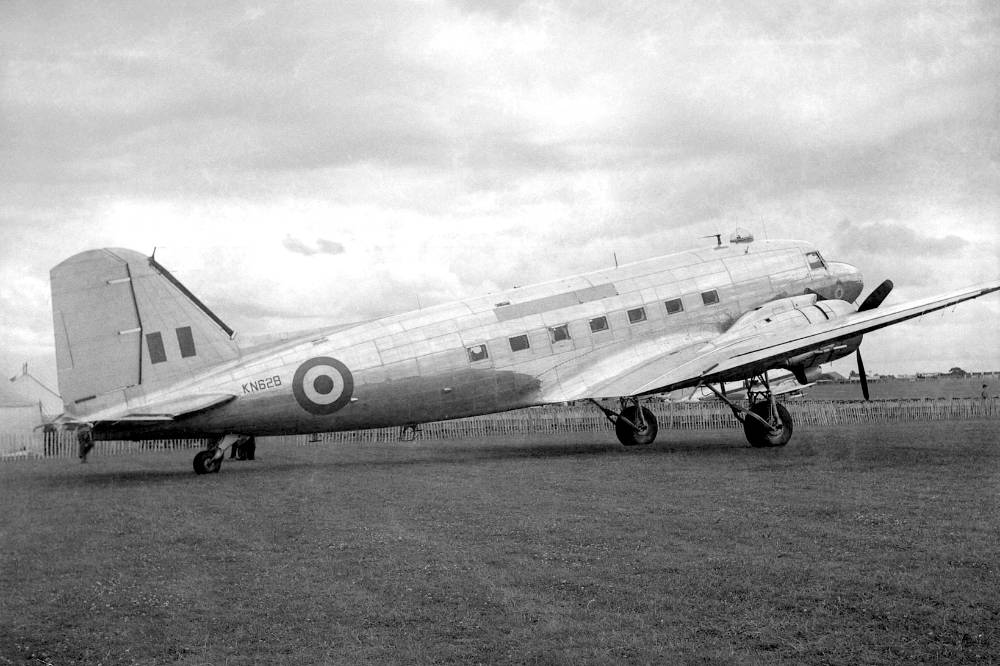
Douglas Dakota
Image courtesy of Mark Young
During the airlift it operated from Wunsdorf, Fassberg and Lubeck.
In November 1950 the Dakota was replaced by the Valetta C1
During the early 1950s the squadron moved progressively from Abingdon to Benson and finally Dishforth in April 1953.
The Beverley C1 was received in April 1957 and the squadron moved to Eastleigh, Kenya in November 1959, before moving to Muharraq, Bahrain in September 1964.
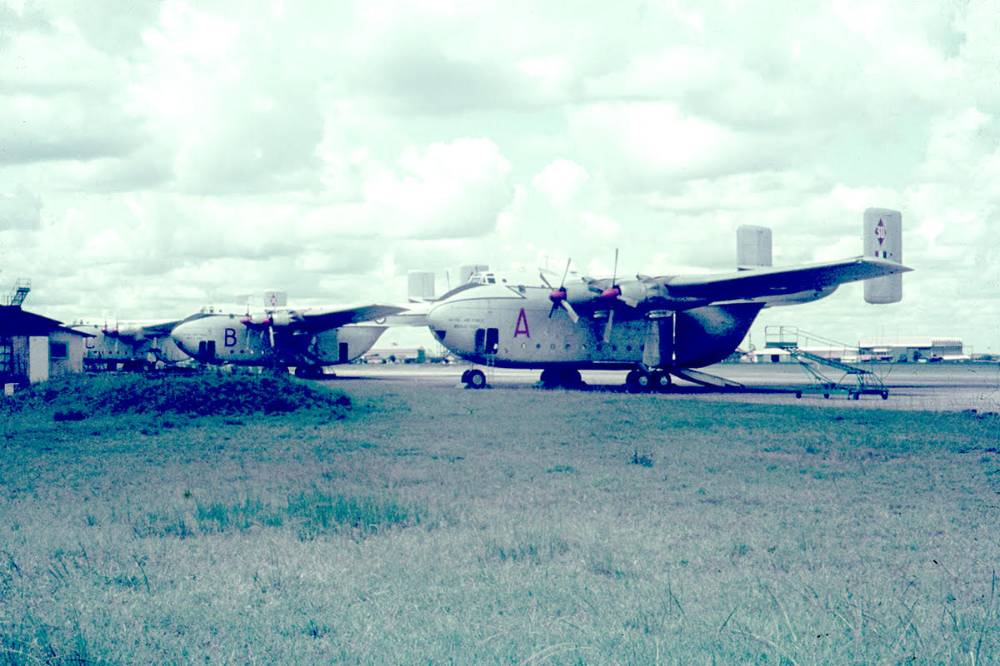
Blackburn Beverley line at Eastleigh
Image courtesy of Tony King
On 7th September 1967 the squadron disbanded again, before reforming at RAF Fairford on 1st May 1968 as a Hercules squadron within Air Support Command.
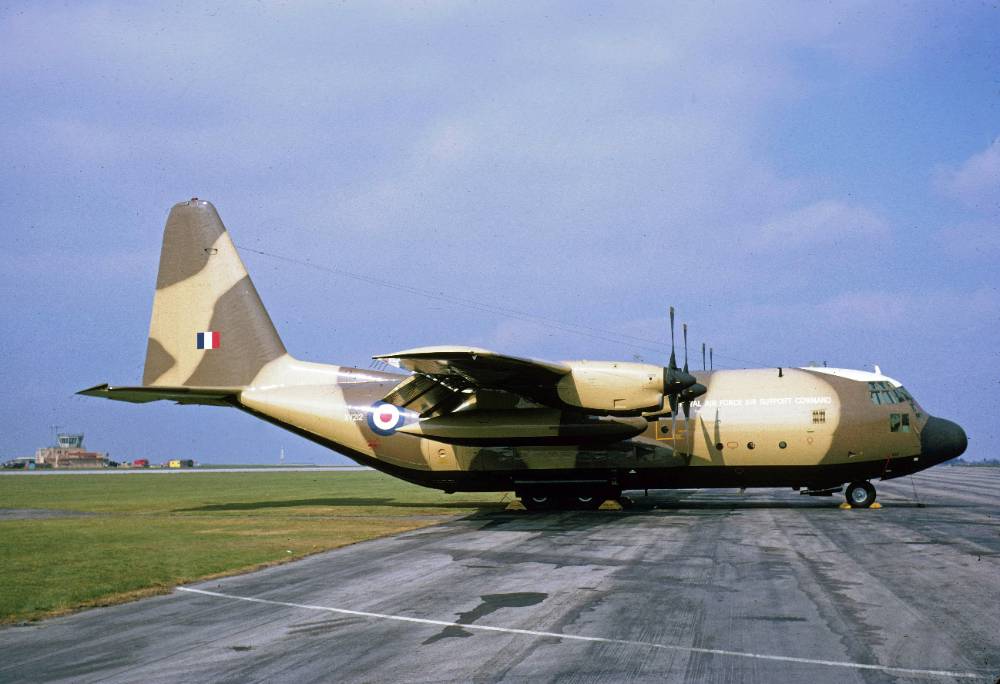
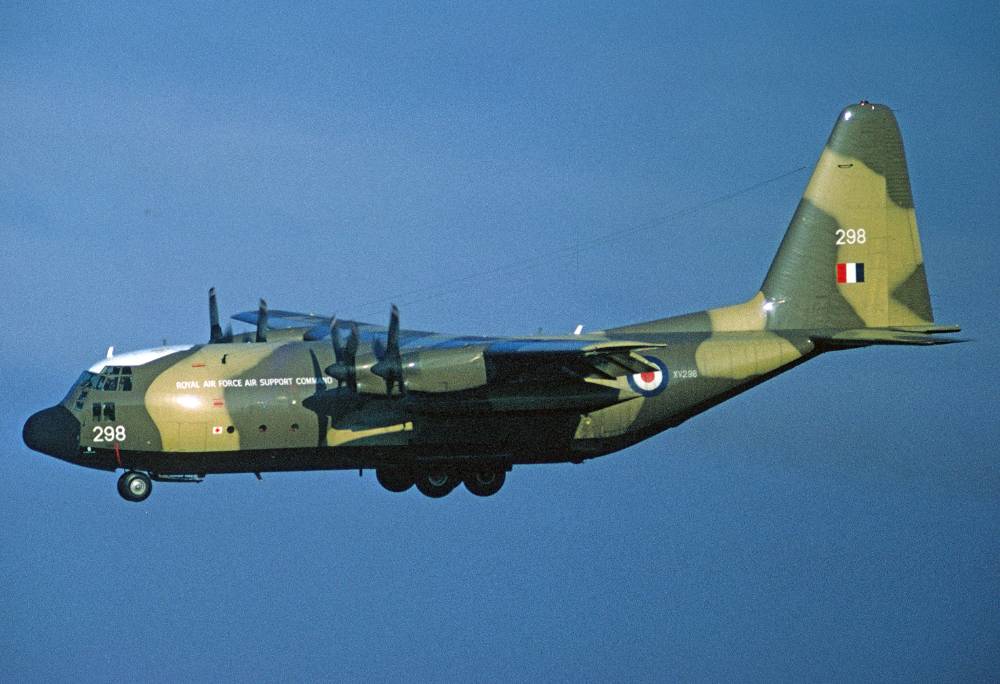
C-130 Hercules
Images courtesy of Adrian M Balch
Following the transfer of the Britannia and Comet squadrons to Brize Norton, the UK-based Hercules were concentrated at Lyneham. As part of this process, in September 1971, 30 Squadron moved to Lyneham which was to be the Squadron's home for almost forty years. In 1998 the Squadron began to receive the Hercules C.4/C.5, which they were to operate until early December 2016. In July 2011 the RAF vacated Lyneham and, together with the other remaining Hercules squadrons, 30 Squadron moved to Brize Norton.
In the almost 50 years that the Squadron operated the Hercules they were at the forefront of operations all over the world including Afghanistan and Iraq.
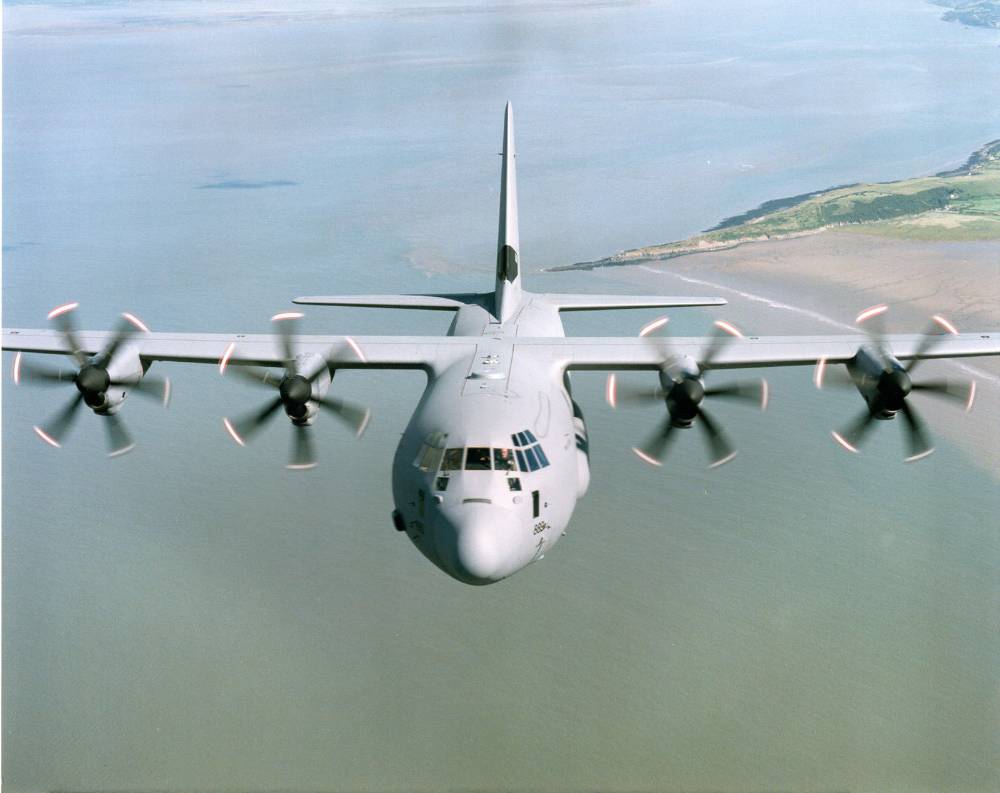
C-130J Hercules
Crown Copyright
The squadron disbanded in December 2016 but reformed on the 28th September 2021; becoming the second operational squadron with the Atlas C1, at RAF Brize Norton.
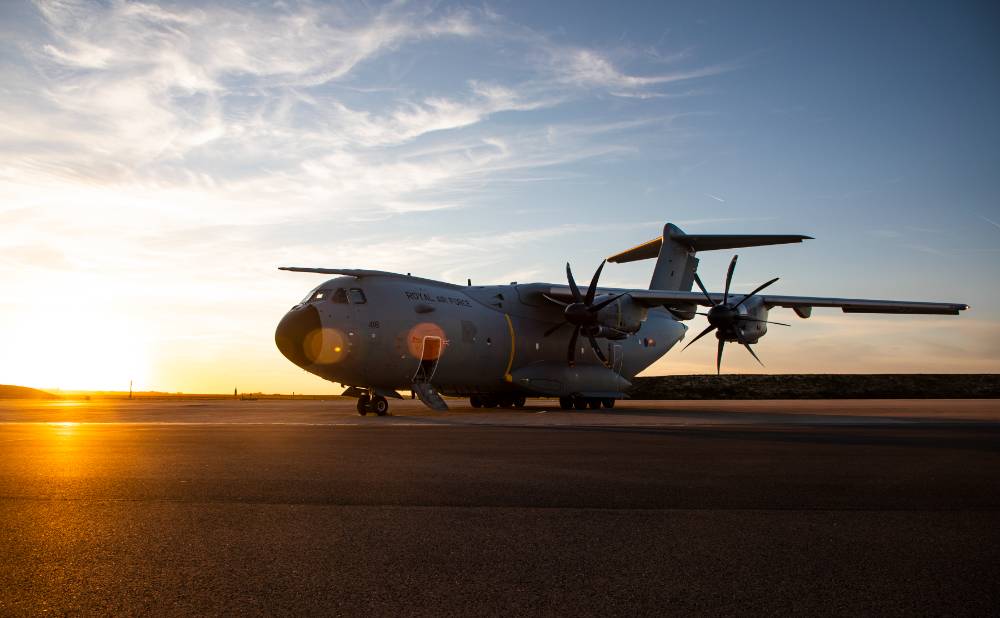
A-400 Atlas
Crown Copyright